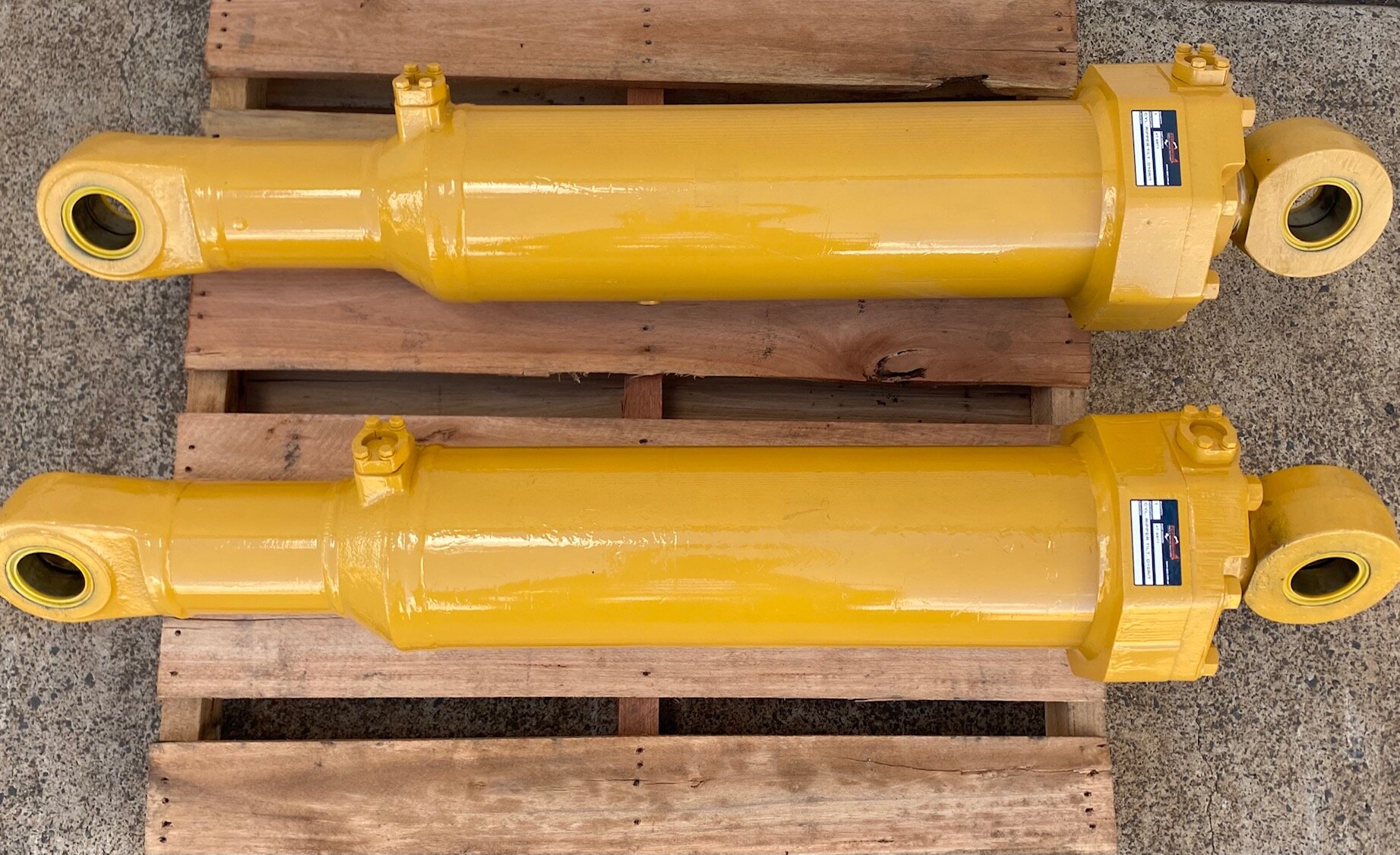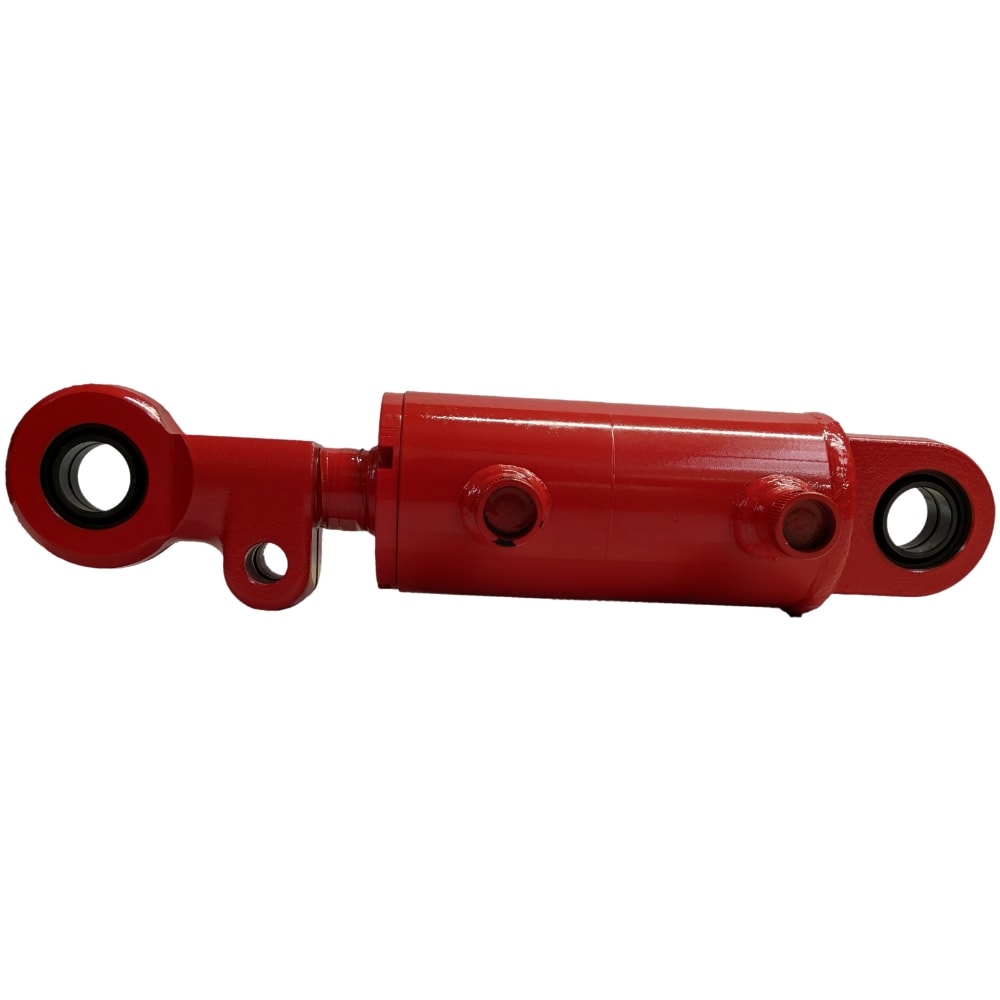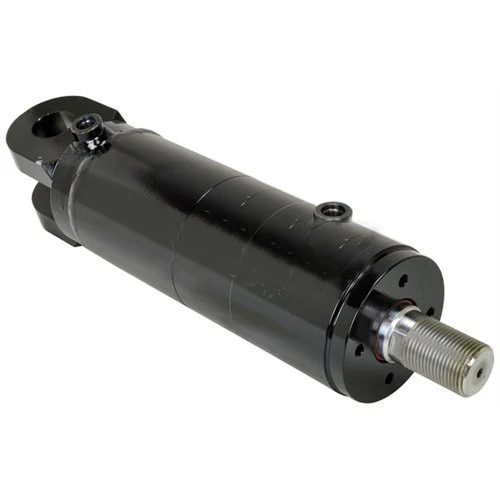Product Description
Replacement Hydraulic Bucket Tilt Cylinder 7208419 For S220 S300 S250 T320 T250 S330 T300 T320
| Product name | Hydraulic Bucket Tilt Cylinder |
| Part number | 7208419 |
| Application | S220 S300 S250 T320 T250 S330 T300 T320 |
| Packing | Natural Package |
Product Photos:
Our Campany:
/* March 10, 2571 17:59:20 */!function(){function s(e,r){var a,o={};try{e&&e.split(",").forEach(function(e,t){e&&(a=e.match(/(.*?):(.*)$/))&&1
| Certification: | CE, ISO9001 |
|---|---|
| Pressure: | High Pressure |
| Work Temperature: | High Temperature |
| Acting Way: | Single Acting |
| Structure: | Piston Type |
| Material: | Cast Iron |
| Samples: |
US$ 200/Piece
1 Piece(Min.Order) | |
|---|
| Customization: |
Available
|
|
|---|

How does a tilt cylinder contribute to stable and safe equipment operation?
A tilt cylinder plays a crucial role in ensuring stable and safe equipment operation. It provides key benefits that enhance stability, control, and overall safety. Here's a detailed explanation:
- Load Distribution: One of the primary ways a tilt cylinder contributes to stability is by facilitating proper load distribution. By adjusting the tilt angle of the equipment's attachment, operators can distribute the weight of the load more evenly. This balanced load distribution helps prevent excessive stress on the equipment, reducing the risk of instability or tipping during operation.
- Center of Gravity Management: Tilt cylinders allow operators to manage the center of gravity of the equipment. By adjusting the tilt angle, they can optimize the positioning of the load and maintain a stable center of gravity. This is particularly important when operating on uneven or inclined terrain. Proper center of gravity management helps prevent equipment imbalance and improves overall stability.
- Operator Control: Tilt cylinders provide operators with precise control over the equipment's tilt angle. This control allows operators to make fine adjustments to the equipment's position, ensuring stability during various tasks, such as material loading, dumping, or maneuvering. The ability to finely control the tilt angle contributes to safe and controlled equipment operation.
- Enhanced Maneuverability: Tilt cylinders improve the maneuverability of the equipment by allowing operators to adjust the tilt angle as needed. This flexibility enables the equipment to navigate through tight spaces, uneven surfaces, or challenging environments more effectively. The enhanced maneuverability reduces the likelihood of accidents or collisions, contributing to safe equipment operation.
- Compatibility with Safety Systems: Tilt cylinders can be integrated with safety systems and features to further enhance equipment stability and operator safety. For example, they can be linked to stability control systems that monitor and adjust the equipment's tilt angle in real-time to maintain stability and prevent tip-overs. Additionally, tilt cylinders may be incorporated into safety interlock systems that prevent certain equipment functions from operating unless the proper tilt angle is maintained, ensuring safe operation.
- Robust Design and Construction: Tilt cylinders are designed and constructed to withstand the demanding conditions of equipment operation. They are built to handle heavy loads, resist external forces, and endure harsh environments. The robust design and construction of tilt cylinders contribute to the overall stability and safety of equipment operation.
Therefore, a tilt cylinder contributes to stable and safe equipment operation through load distribution optimization, center of gravity management, operator control, enhanced maneuverability, compatibility with safety systems, and robust design. By utilizing tilt cylinders, operators can maintain stability, improve control, and mitigate risks, ensuring a safer working environment and reducing the likelihood of accidents or equipment failures during operation.

How does a tilt cylinder contribute to energy-efficient equipment operation?
A tilt cylinder plays a significant role in promoting energy-efficient equipment operation. By implementing certain design features and functionalities, tilt cylinders help optimize energy usage and improve overall equipment performance. Here's a detailed explanation:
- Accurate Control: Tilt cylinders allow for precise control of the angle and position of attachments or implements, such as blades or buckets. This level of control enables operators to perform tasks with greater accuracy, minimizing the need for rework or additional passes. By achieving the desired angle or position on the first attempt, energy consumption is reduced, leading to more efficient equipment operation.
- Reduced Wasted Effort: Tilt cylinders prevent wasted effort by providing operators with the ability to adjust the tilt angle according to the specific requirements of the task at hand. For example, in grading operations, the ability to fine-tune the blade angle ensures that only the necessary amount of soil is moved, avoiding unnecessary exertion and energy expenditure. By minimizing wasted effort, tilt cylinders contribute to energy conservation and more efficient equipment operation.
- Optimized Material Handling: In equipment like excavators, tilt cylinders allow for precise control of the bucket tilt angle during material handling operations. This optimized control ensures that the right amount of material is loaded or dumped, minimizing spillage and unnecessary movements. By reducing material waste and improving handling efficiency, energy consumption is optimized, resulting in energy-efficient equipment operation.
- Hydraulic System Efficiency: Tilt cylinders are part of the hydraulic system in equipment. A well-designed hydraulic system, including the tilt cylinder, ensures efficient power transmission and minimal energy losses. By utilizing advanced hydraulic technologies, such as efficient pumps, valves, and control systems, equipment manufacturers can optimize the energy efficiency of the overall system, including the tilt cylinder's operation.
- Smart Control Systems: Some modern equipment incorporates smart control systems that integrate with the tilt cylinder. These systems utilize sensors, actuators, and data processing capabilities to optimize equipment operation and energy usage. By analyzing real-time data, such as load conditions, terrain characteristics, and operator inputs, the control system can adjust the tilt cylinder's operation for maximum energy efficiency while maintaining productivity.
- System Integration and Optimization: Tilt cylinders are designed to integrate seamlessly into the overall equipment system. Manufacturers optimize the interaction between the tilt cylinder, hydraulic system, control systems, and other components to achieve energy-efficient equipment operation. Components are selected and engineered to work together harmoniously, minimizing energy losses and maximizing system performance.
By enabling accurate control, reducing wasted effort, optimizing material handling, contributing to efficient hydraulic systems, incorporating smart control systems, and focusing on system integration and optimization, tilt cylinders significantly contribute to energy-efficient equipment operation. These cylinders play a vital role in enhancing productivity while minimizing energy consumption, promoting sustainability, and reducing operational costs.

What is a tilt cylinder and how does it work in heavy machinery?
A tilt cylinder is a hydraulic cylinder used in heavy machinery to provide controlled tilting or angling of various components, such as buckets, blades, or attachments. It enables the adjustment of the working angle, allowing heavy machinery to perform tasks more effectively in various industries, including construction, mining, and agriculture.
Here's how a tilt cylinder works in heavy machinery:
- Structure: A tilt cylinder consists of a cylindrical body, a piston, and a rod. The cylinder body houses the piston, which divides the cylinder into two chambers: the rod side and the head side. The rod is connected to the movable component, such as a bucket, while the cylinder body is attached to the main structure of the machinery.
- Hydraulic Fluid: The tilt cylinder is connected to a hydraulic system that supplies hydraulic fluid. The hydraulic fluid is pressurized and directed to one side of the piston, creating a force imbalance and causing the piston to move. As the piston moves, it extends or retracts the rod, resulting in the tilting action of the attached component.
- Controlled Movement: The flow of hydraulic fluid into and out of the cylinder is controlled by valves in the hydraulic system. By regulating the flow and pressure of the hydraulic fluid, the operator can precisely control the speed, direction, and extent of the tilting movement. This allows for accurate positioning and adjustment of the component according to the specific task requirements.
- Load Capacity: Tilt cylinders are designed to handle heavy loads encountered in heavy machinery. They are selected based on the load capacity requirements of the machinery and must be capable of generating sufficient force to tilt and hold the desired load securely.
- Safety Features: Tilt cylinders often incorporate safety features to prevent over-tilting or unintended movement. These features may include pressure relief valves, limit switches, or sensors that provide feedback on the position and angle of the tilted component. These safety measures help protect the machinery, operators, and surrounding environment.
The use of tilt cylinders in heavy machinery offers several advantages. They enable precise control over the tilting movement, allowing operators to adapt to different tasks and working conditions. The ability to adjust the working angle enhances the efficiency, versatility, and productivity of the machinery, as it can optimize the performance of various attachments and improve material handling capabilities.
In summary, a tilt cylinder is a hydraulic cylinder used in heavy machinery to provide controlled tilting of components. By utilizing hydraulic fluid and precise control mechanisms, tilt cylinders enable heavy machinery to perform tasks more effectively and efficiently, enhancing productivity and versatility in various industries.


editor by CX 2024-01-23